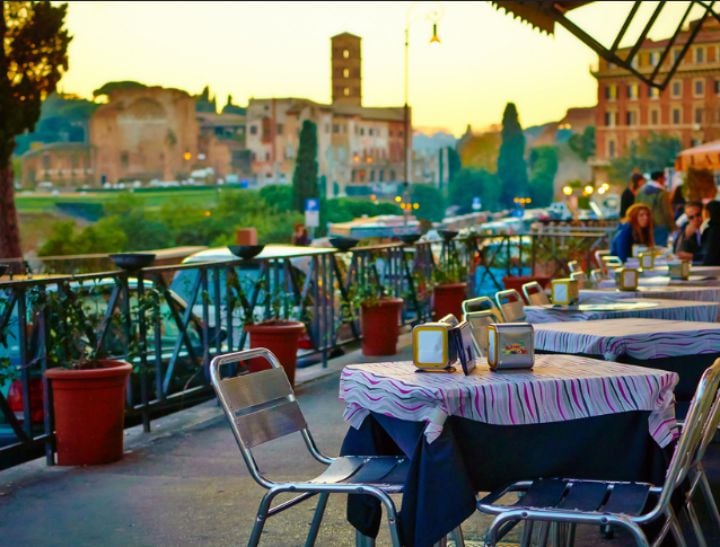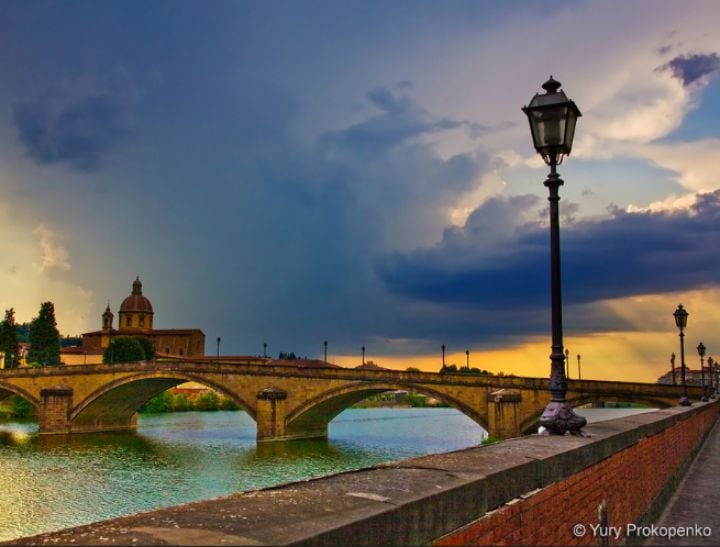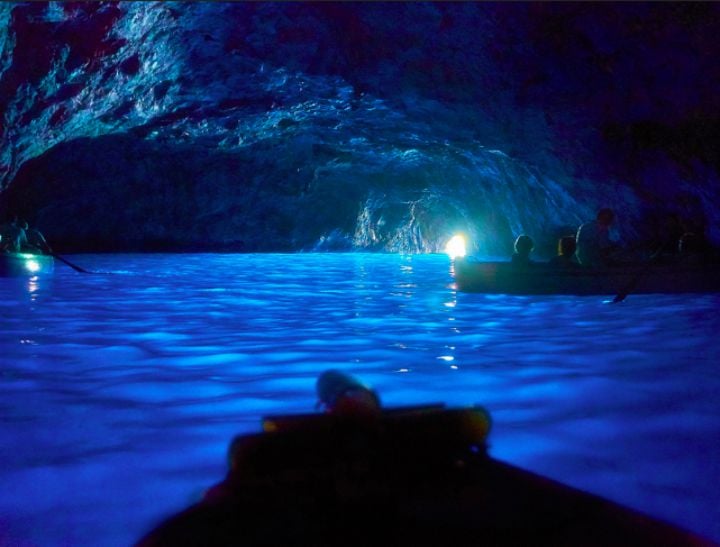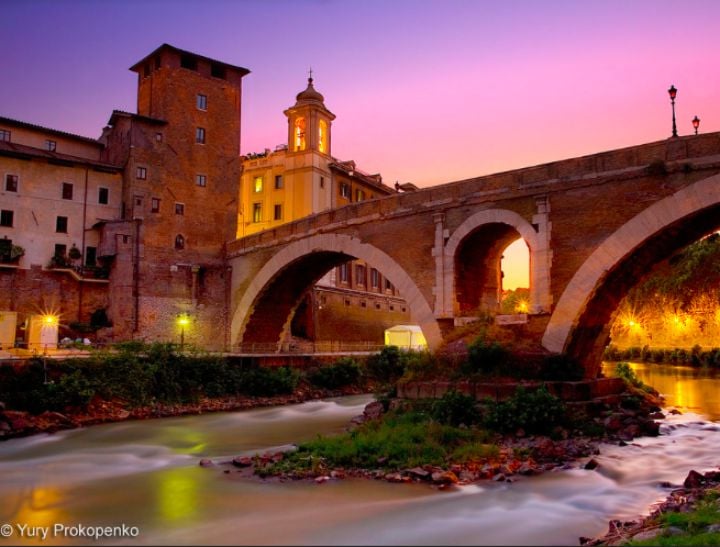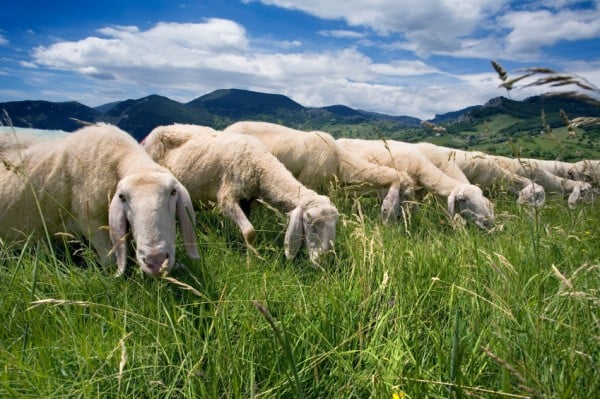
“You’re best to hire a guide,” said the man from the tourism office. “You can get very lost in Abruzzo National Park.”
So, we ignored his advice and, as predicted, got hopelessly off-track.
The narrow roads that criss-cross Italy’s Apennine Ranges (highest peak 2912m) are not for the nervous driver and probably not covered by a car rental contract. There are signs saying “Attenzione!” with pictures of the native brown bear, reputedly shy, but still a carnivore.
Like Debrief Daily on Facebook.
The landscape at this altitude is spectacular but empty save for a few vehicles in car parks waiting for the trampers they have disgorged into the hills. As the beech forests get thicker the air gets thinner. On the hillsides, tiny houses lean into each other like crooked teeth. “Where possible, do a u-turn,” advises Billy Connolly on sat nav. And, when we don’t comply, “It is advisable to turn your entire car around. Do not just turn around inside the car.” But we are having fun.
Abruzzo is Italy’s wild heart. “A strange place, full of strange people,” said my hotelier in Rome, when I said where I was headed.
It is only 90 minutes east of Rome but it might as well be on the other side of the world. The countryside is straight out of a Grimm’s fairytale with fortresses built into the vertiginous slopes. The Romans considered the region the cradle of witchcraft, and strange rituals still flourish.


